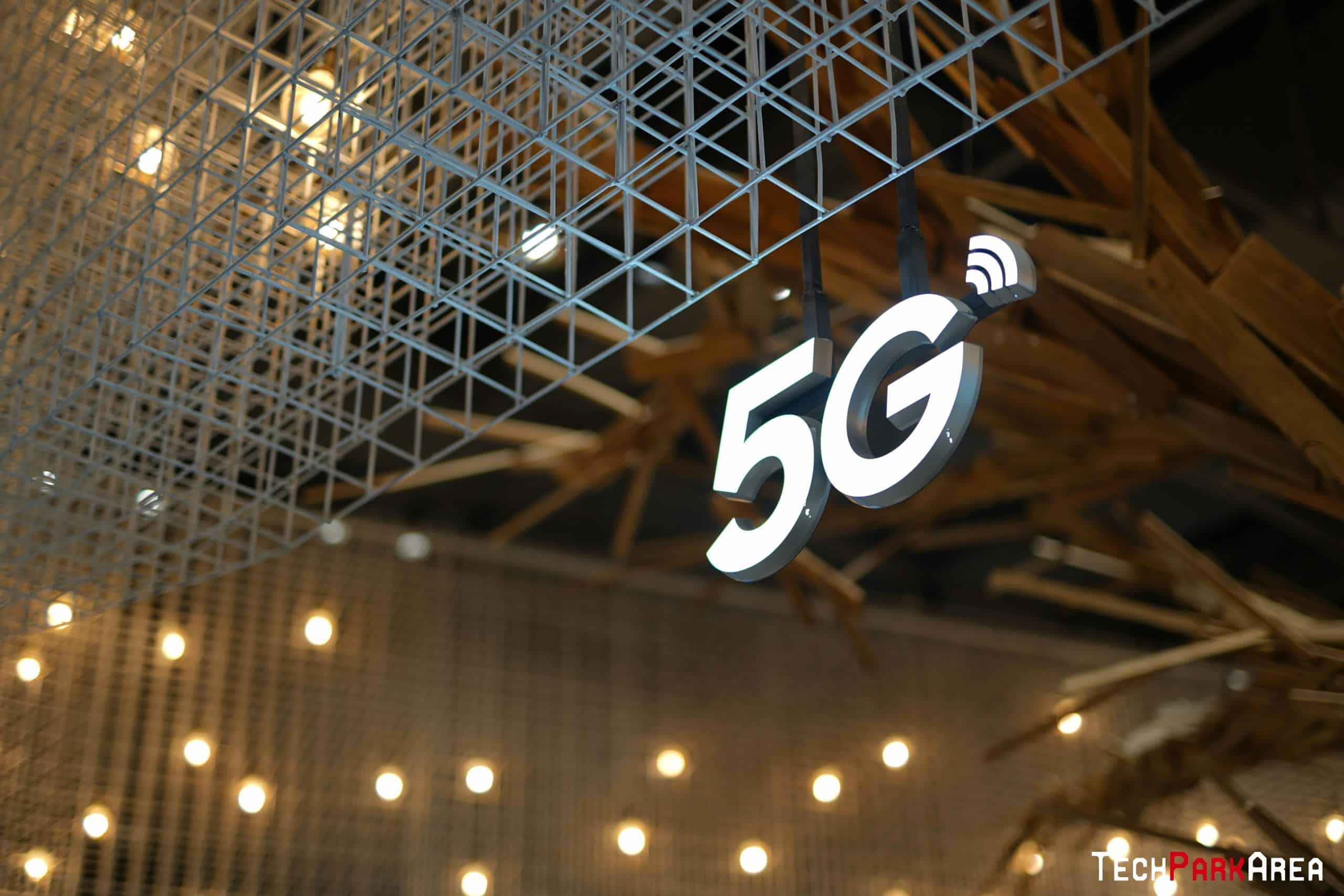The world of 5G technology is evolving at a breakneck pace, with groundbreaking innovations consistently pushing the boundaries of what’s possible. Recently, Telstra, in collaboration with Ericsson and Qualcomm, achieved a remarkable feat by setting a new global record for 5G uplink speed at 340 Mbps. This milestone signifies a giant leap forward in 5G capabilities, promising enhanced user experiences and paving the way for more data-intensive applications. In this article, we delve into the significance of this achievement, the technology behind it, and its implications for the future of 5G.
The Record-Breaking Achievement
The Key Players: Telstra, Ericsson, and Qualcomm
Telstra, Australia’s leading telecommunications and technology company, has always been at the forefront of network innovations. Partnering with Ericsson, a global leader in telecommunications technology, and Qualcomm, renowned for its cutting-edge wireless technology solutions, Telstra has once again demonstrated its commitment to advancing 5G technology.
Achieving 340 Mbps Uplink 5G Speed Record
In February 2024, Telstra, Ericsson, and Qualcomm announced that they had achieved a world-first uplink speed of 340 Mbps on a live commercial 5G standalone (SA) network. This speed is a hundred times faster than typical 3G uplink speeds, marking a significant milestone in the evolution of mobile networks. The tests were conducted using a mobile test device powered by Qualcomm’s latest Snapdragon 5G modem-RF System and an existing NetGear Nighthawk M6 Pro Mobile Broadband device.

The Technology Behind the Achievement
Sub-6 GHz Frequencies and Carrier Aggregation
The record-breaking uplink speed was achieved using sub-6 GHz frequencies, specifically by combining Telstra’s mid-band spectrum holdings to create a massive 140 MHz channel for uplink data. Carrier aggregation played a crucial role in this achievement, allowing multiple frequency bands to be combined to form a single, high-capacity data channel.
Advanced Software and Network Capabilities
Ericsson’s latest software features enabled the aggregation of carrier bands, significantly increasing the uplink speeds. This technology also utilizes low-band carriers, enhancing coverage and performance. The ability to combine different frequency ranges and types of carriers results in a seamless and nearly symmetrical 5G service, crucial for data-intensive applications such as augmented reality (AR) and virtual reality (VR).
Implications for Consumers and Enterprises
Enhanced User Experience
The new uplink speed capability will significantly enhance the user experience, particularly for activities that require high data upload speeds. Users will enjoy faster and more reliable uploads of videos, photos, and live streams. This improvement is especially beneficial for social media enthusiasts, content creators, and professionals who rely on high-speed data uploads.
Enabling New Applications
The increased uplink speeds open up new possibilities for various applications. High-definition video surveillance, real-time gaming, and remote work solutions will benefit from the enhanced data transfer capabilities. Enterprises can leverage these improvements to implement more advanced and reliable IoT solutions, improving operational efficiency and customer satisfaction.
The Future of 5G and Beyond
Continued Innovation and Development
The achievement by Telstra, Ericsson, and Qualcomm is just the beginning. As 5G technology continues to evolve, we can expect further advancements in both uplink and downlink speeds. The ongoing development of 5G standalone networks will play a crucial role in realizing the full potential of 5G, offering even greater speed, reliability, and capacity.
Impact on Global 5G Deployment
This breakthrough sets a new standard for 5G networks worldwide. It will inspire other telecommunications companies to push the boundaries of what’s possible with 5G technology. The competitive landscape of the telecommunications industry will drive further innovations, benefiting consumers and businesses globally.
Conclusion
The record-breaking 340 Mbps uplink speed achieved by Telstra, Ericsson, and Qualcomm marks a significant milestone in the evolution of 5G technology. This achievement not only enhances the user experience but also opens up new possibilities for data-intensive applications. As 5G technology continues to advance, we can expect even greater innovations that will shape the future of connectivity. The collaboration between these industry leaders exemplifies the potential of 5G to transform our digital lives, paving the way for a more connected and efficient world.
Learn here to get the latest Technology Industry News.
You can also reach out our social media team by following our pages on Facebook, Instagram and X.


